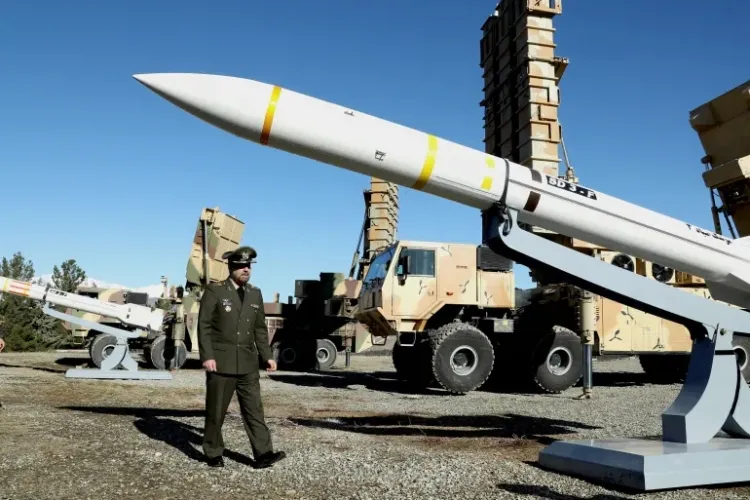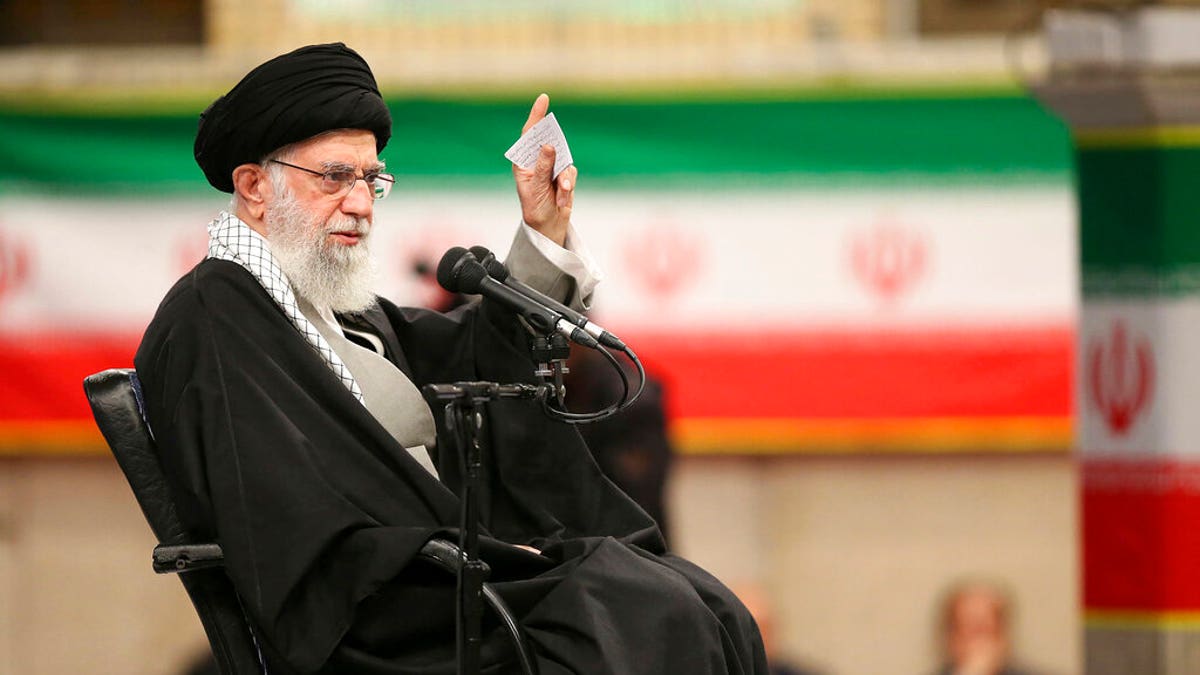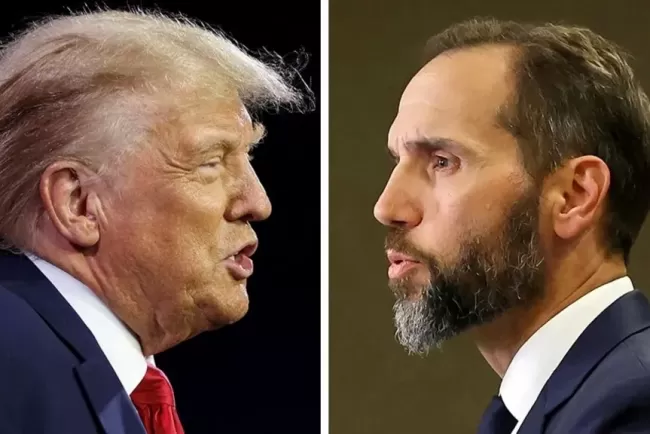Iran's Air Defense Drills Amid Tensions with the U.S. and Economic Struggles
Iran has recently intensified its military preparedness through large-scale air defense drills, named Asar, in its southwestern regions. The drills, which began last month, are aimed at enhancing Iran's defense capabilities, particularly in the face of potential threats to its critical infrastructure. The location of these exercises near key nuclear facilities such as Natanz and Fordow highlights the significance of the drills.

The second phase of these drills has focused on testing and refining Iran's ability to detect and destroy aerial threats. Iranian air defense units employed homegrown radar and surveillance networks to track and engage a swarm of intruding drones. Reports indicate that these measures were successfully countered, showcasing the country’s growing domestic capabilities in terms of defense technologies.
The Impact of U.S. Sanctions and Trump's Policy
The drills come amid heightened tensions between the U.S. and Iran, with former President Donald Trump having reimposed his "maximum pressure" policy. This policy, aimed at curbing Iran's nuclear ambitions, has been further escalated through new executive orders that impose tougher sanctions. The sanctions freeze Iranian funds and financial support for various groups, including those opposed to the Iranian government and pro-democracy activists.

In a recent post on his Truth Social platform, Trump reiterated his stance that Iran should not possess nuclear weapons, emphasizing the need for a "verified nuclear peace agreement" between the U.S. and Iran. He urged immediate action in pursuing such an agreement, although it remains to be seen whether diplomacy will yield the desired outcomes.
Trump also addressed rumors about a potential military action by the U.S. and Israel, stating that reports of the two countries preparing to launch an attack on Iran were "greatly exaggerated." Despite these reassurances, the situation remains tense, and the threat of military escalation continues to loom large.
Iran’s Response to Sanctions and Nuclear Concerns
In response to Trump's policies, Iranian Foreign Minister Abbas Araghchi criticized the "maximum pressure" strategy, calling it a failed experiment. He contended that blocking Iran's nuclear ambitions is not as challenging as the West claims, asserting that Iran is committed to the Nuclear Non-Proliferation Treaty (NPT). Furthermore, Araghchi pointed to a fatwa issued by Iran’s Supreme Leader, which declares that nuclear weapons are prohibited in Islam, thereby reinforcing the country’s stance on nuclear non-proliferation.
Araghchi's comments reflect Iran’s defiance against Western allegations that it is on the verge of developing nuclear weapons. He also emphasized that the country’s nuclear program, which continues to advance in spite of sanctions, is focused on peaceful purposes, although Western media often portrays Iran’s nuclear ambitions as a looming threat. According to Iranian officials, the allegations of Iran enriching weapons-grade uranium remain unfounded.
The Economic Toll of Sanctions on Iran
The economic consequences of U.S. sanctions have been severe. The Iranian currency, the rial, has plunged to a record low, trading at 850,000 rials for a single U.S. dollar. This collapse reflects the growing volatility in the Iranian economy and the increasing pressure faced by ordinary Iranians. As inflation soars and basic goods become more difficult to afford, the sanctions have exacerbated the daily struggles of the Iranian population.
Trump’s "maximum pressure" campaign, which began in 2018 following his decision to unilaterally withdraw the U.S. from the Joint Comprehensive Plan of Action (JCPOA), has had far-reaching effects. The withdrawal from the 2015 nuclear deal was a pivotal moment in U.S.-Iran relations, and the subsequent imposition of sweeping sanctions has only deepened the divide between the two nations.
The Way Forward: Diplomatic Solutions or Continued Confrontation?
The road ahead remains uncertain. Iran’s air defense drills and defiant rhetoric show that the country is preparing for the worst while continuing to assert its right to develop nuclear energy for peaceful purposes. Meanwhile, the U.S. continues to impose sanctions and pressures Iran to return to the negotiation table, seeking a renewed nuclear agreement.
It remains to be seen whether diplomacy or further military confrontation will shape the future of this high-stakes geopolitical standoff. Iran’s nuclear program, economic struggles, and the international community’s response to these developments will undoubtedly play a central role in determining the next steps in this ongoing conflict.
As tensions persist, both Iran and the U.S. face difficult choices. For now, it seems that military preparedness and diplomatic maneuvering will continue to define the contours of this critical issue in global politics.
What's Your Reaction?
















